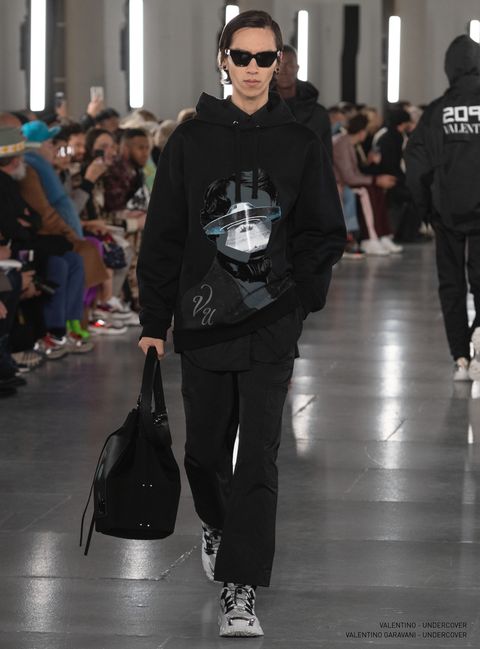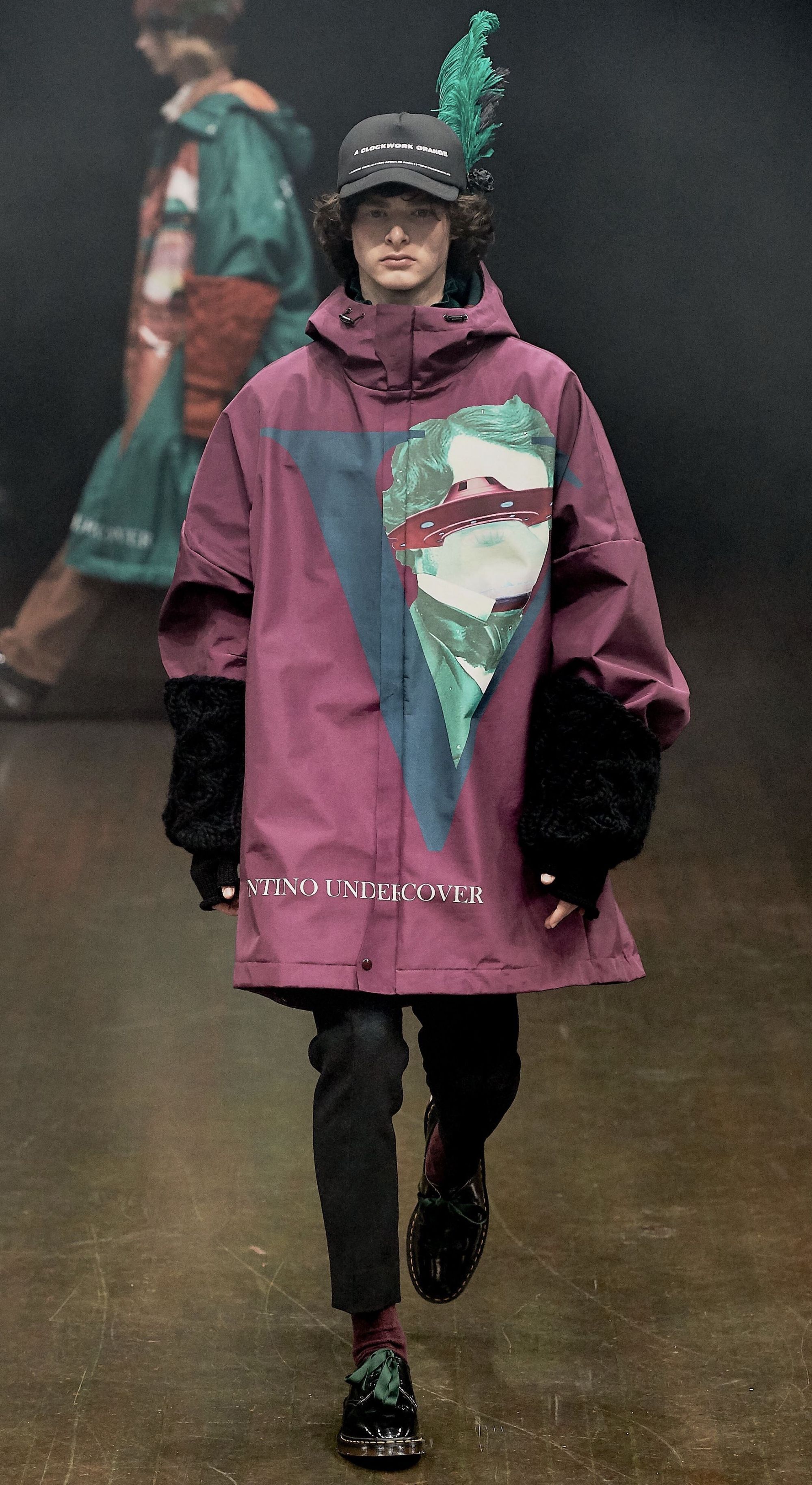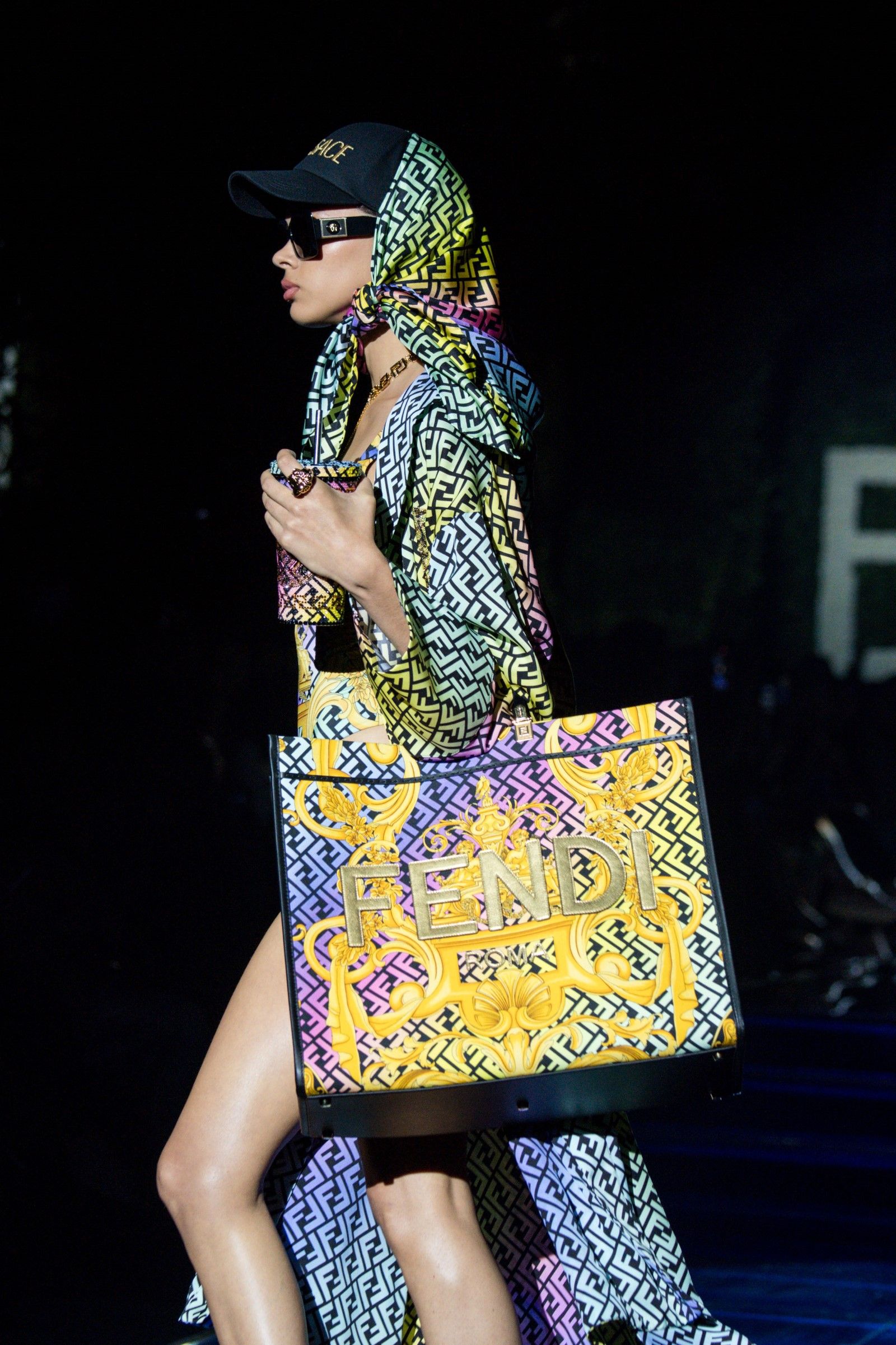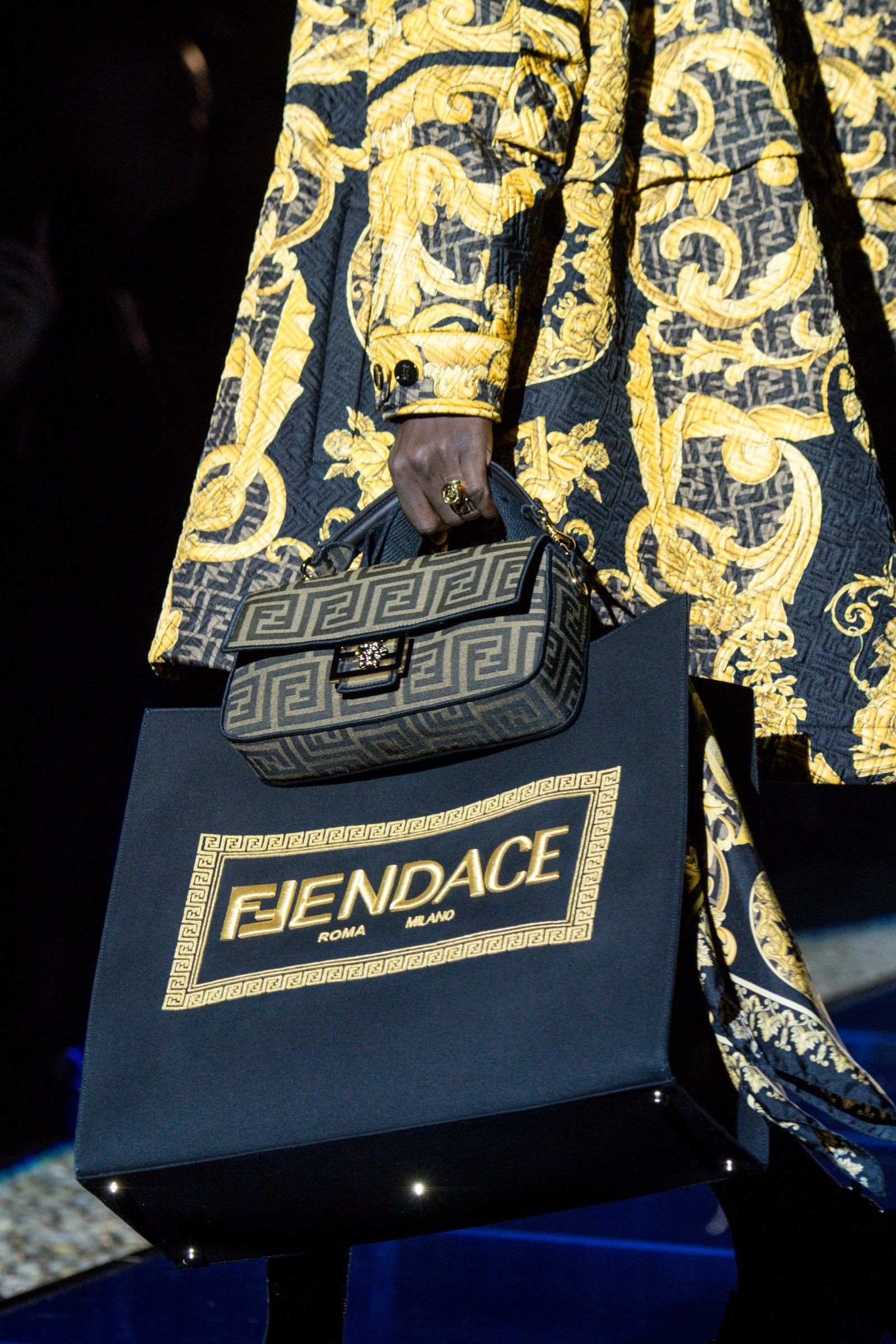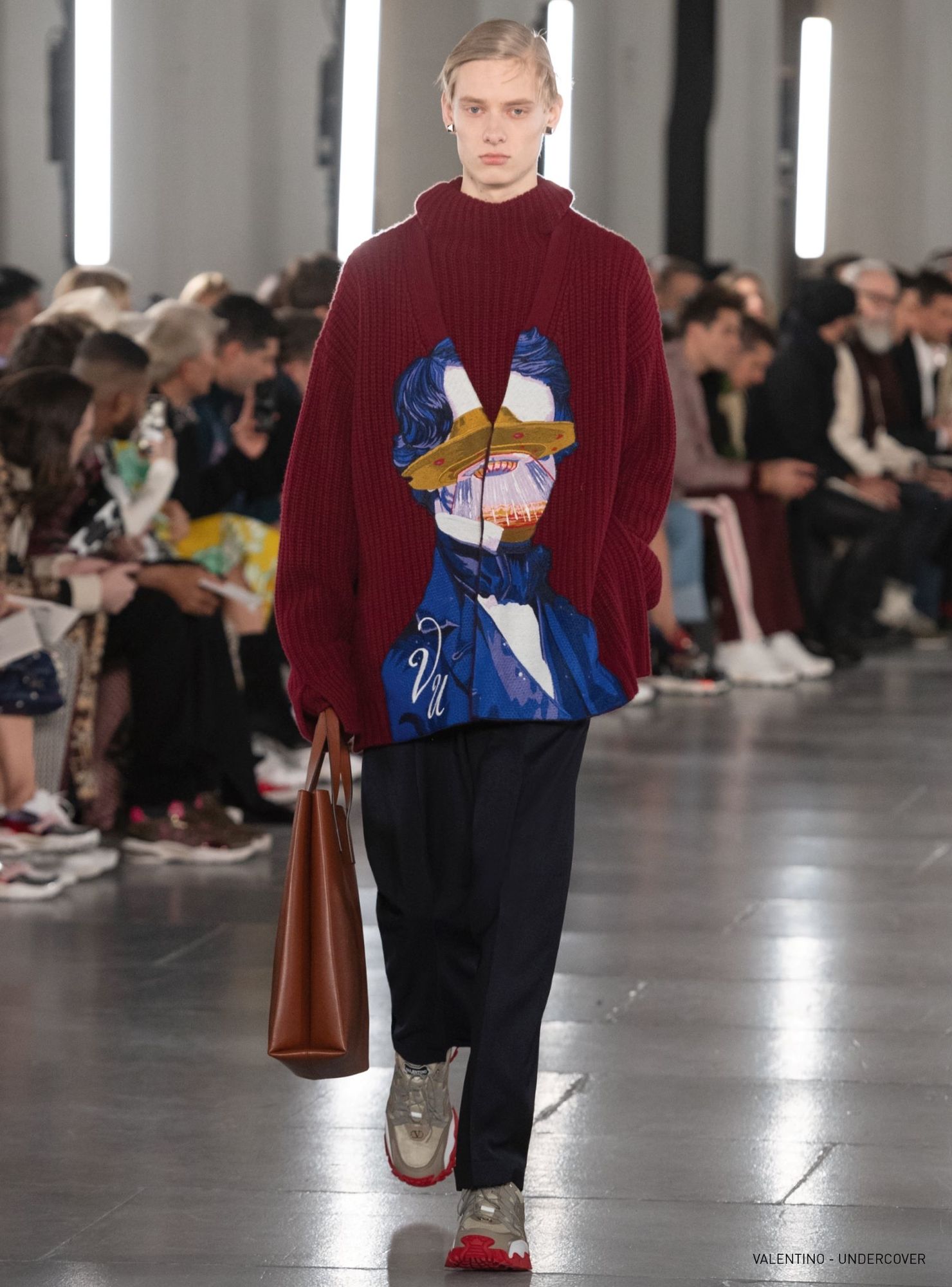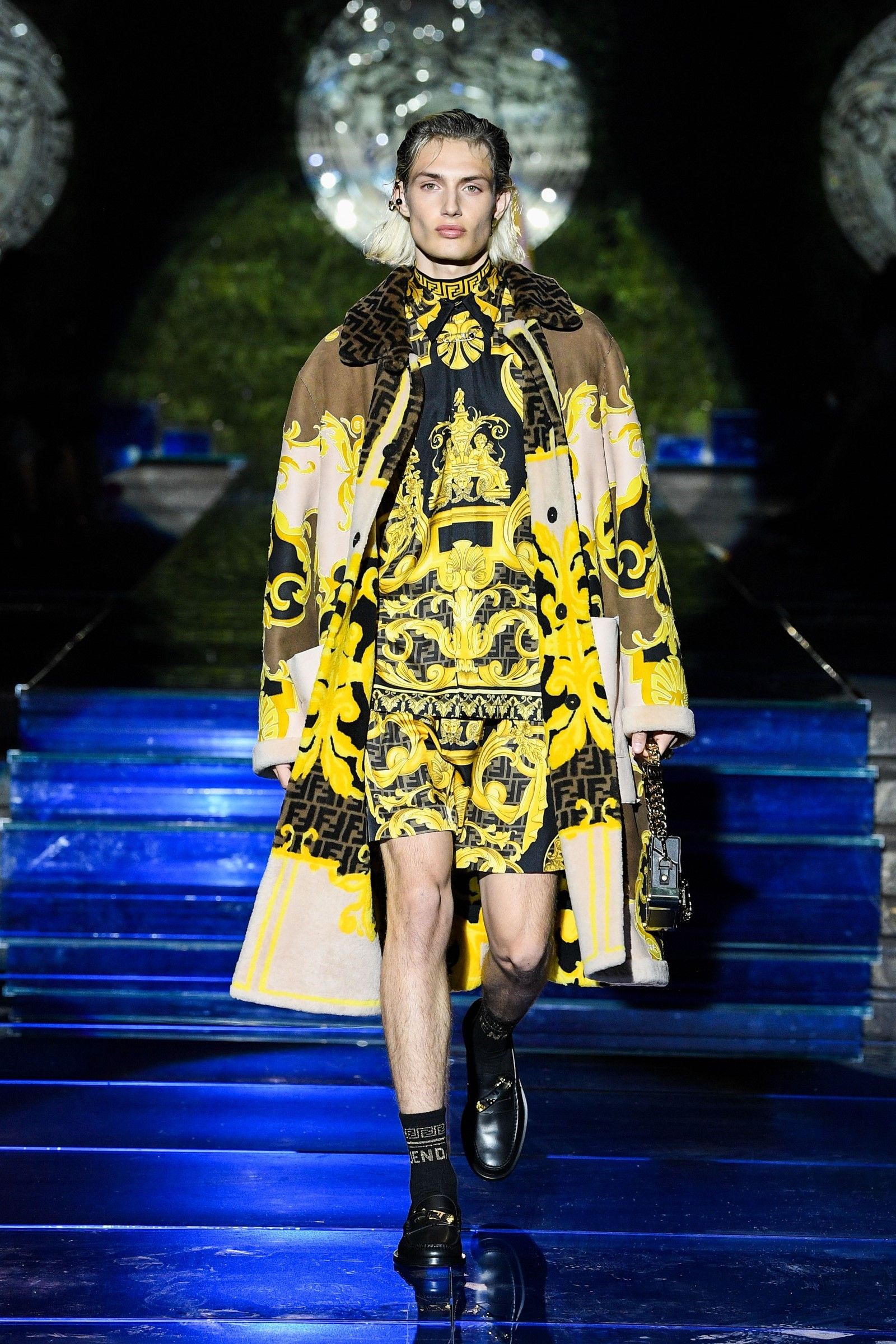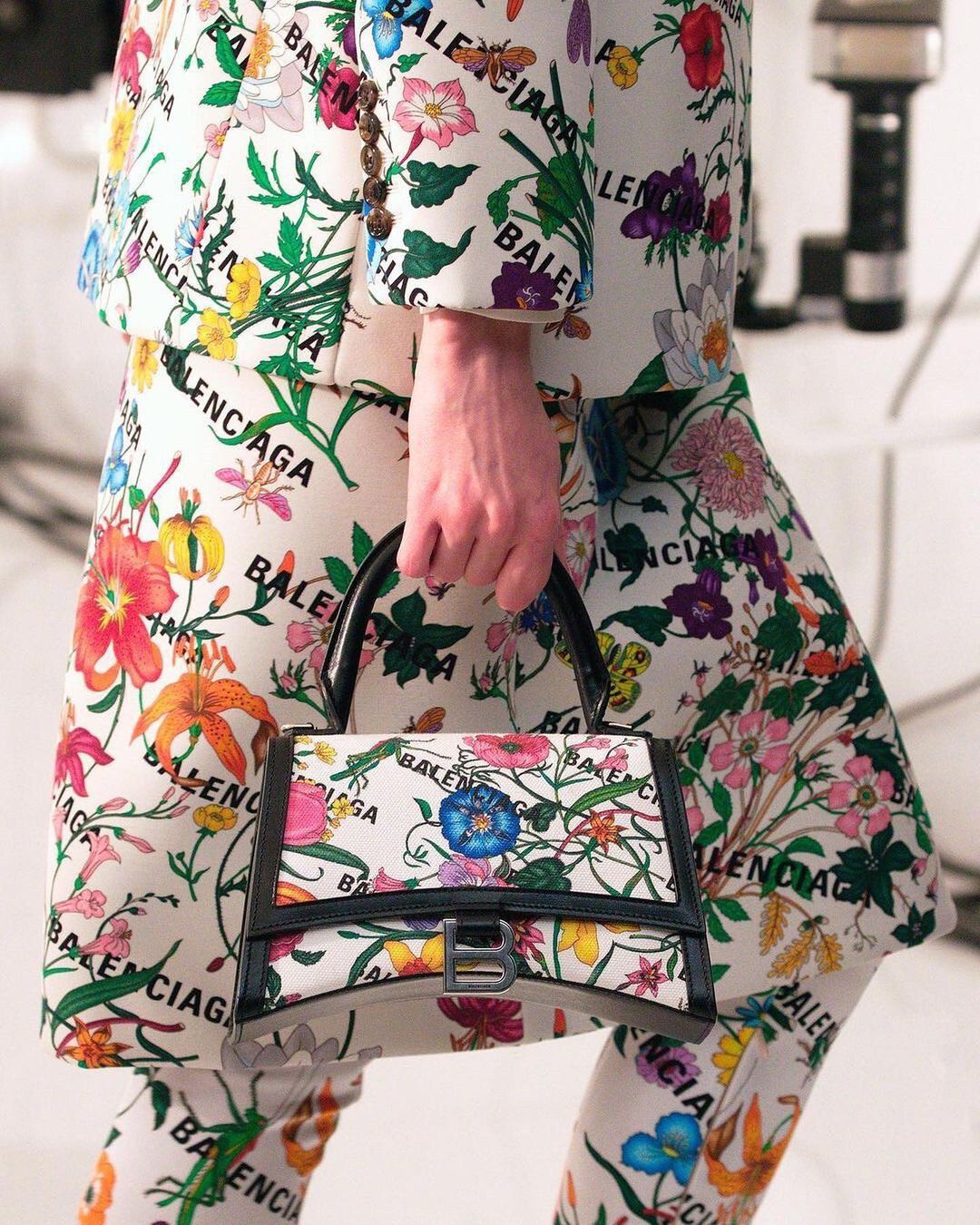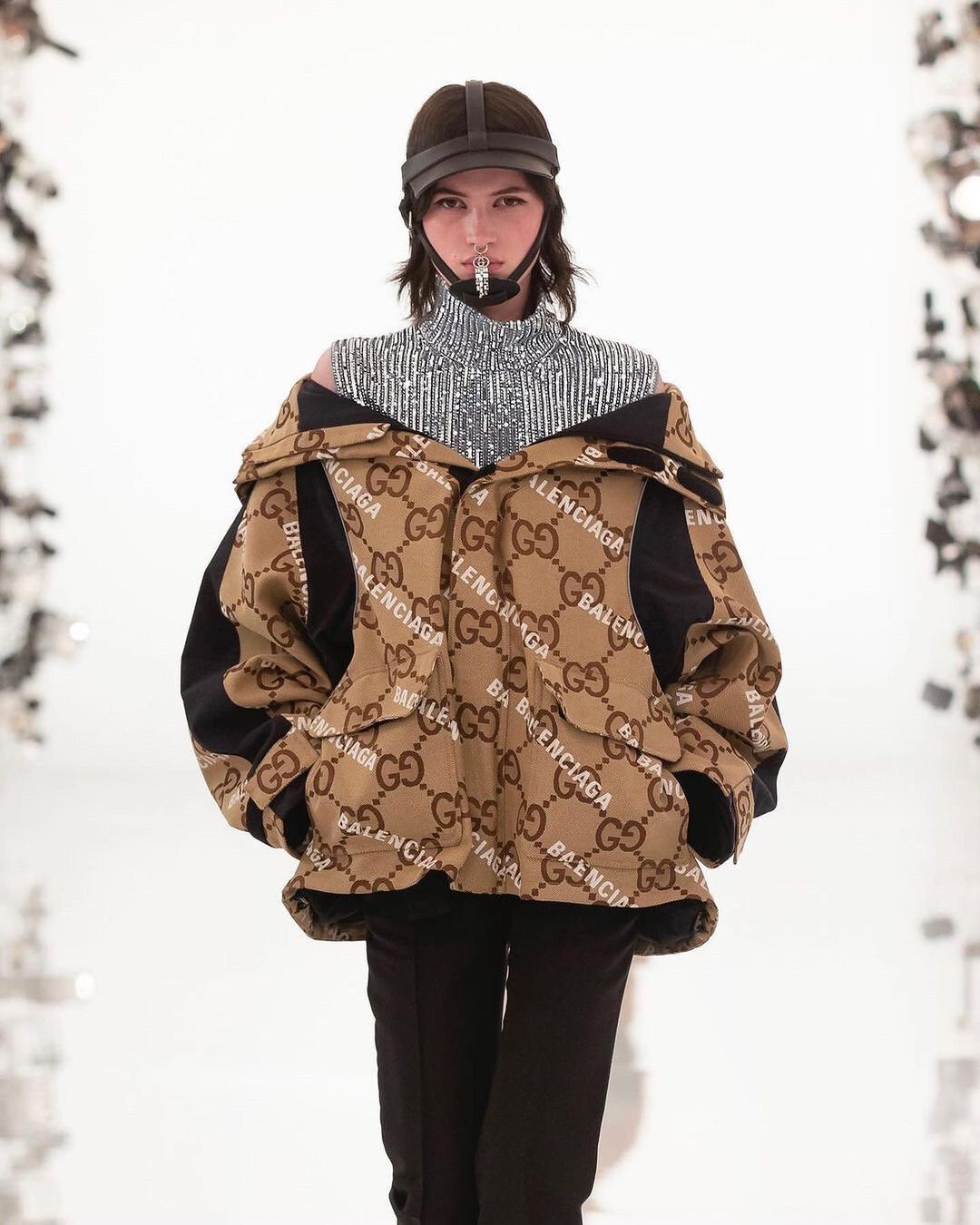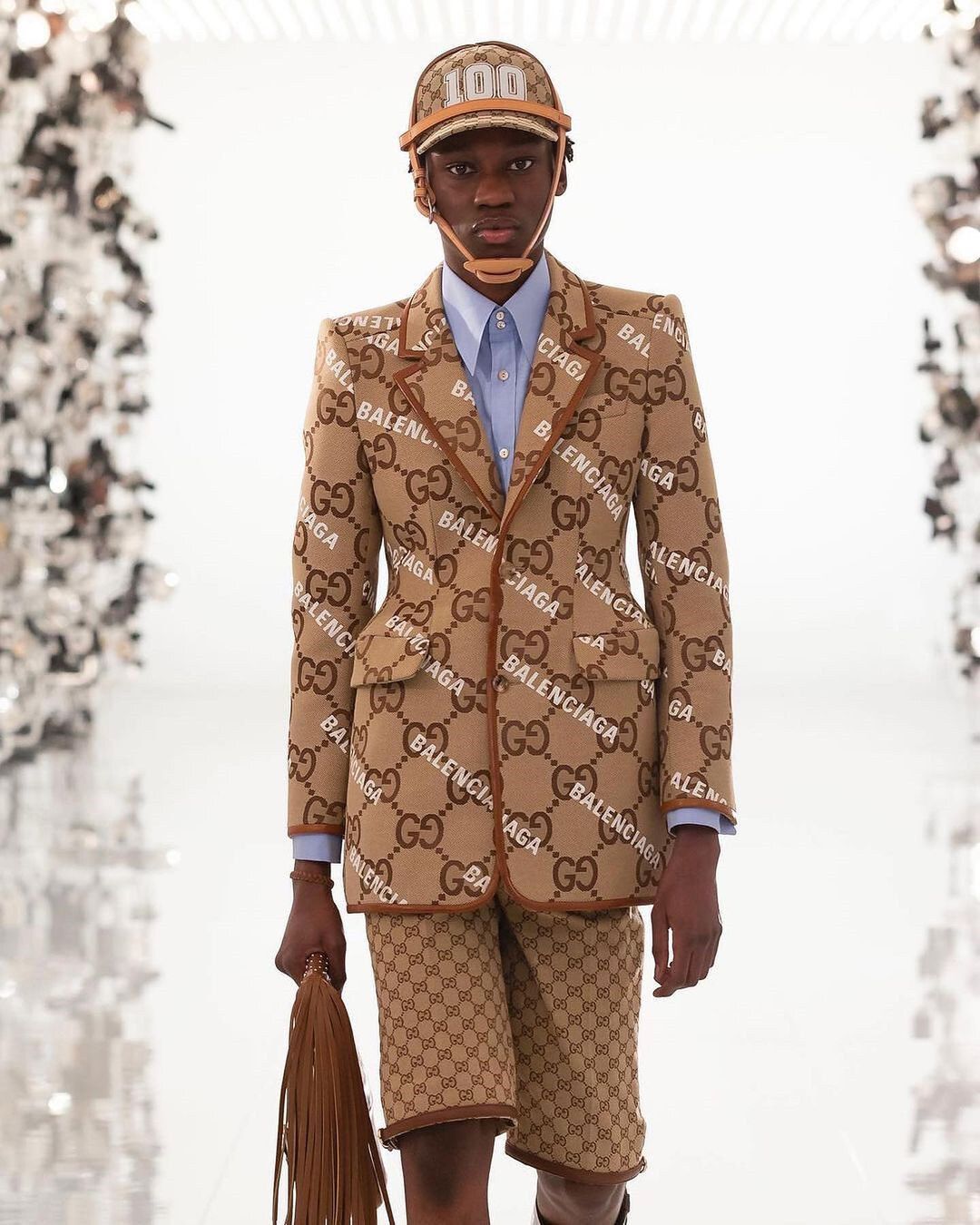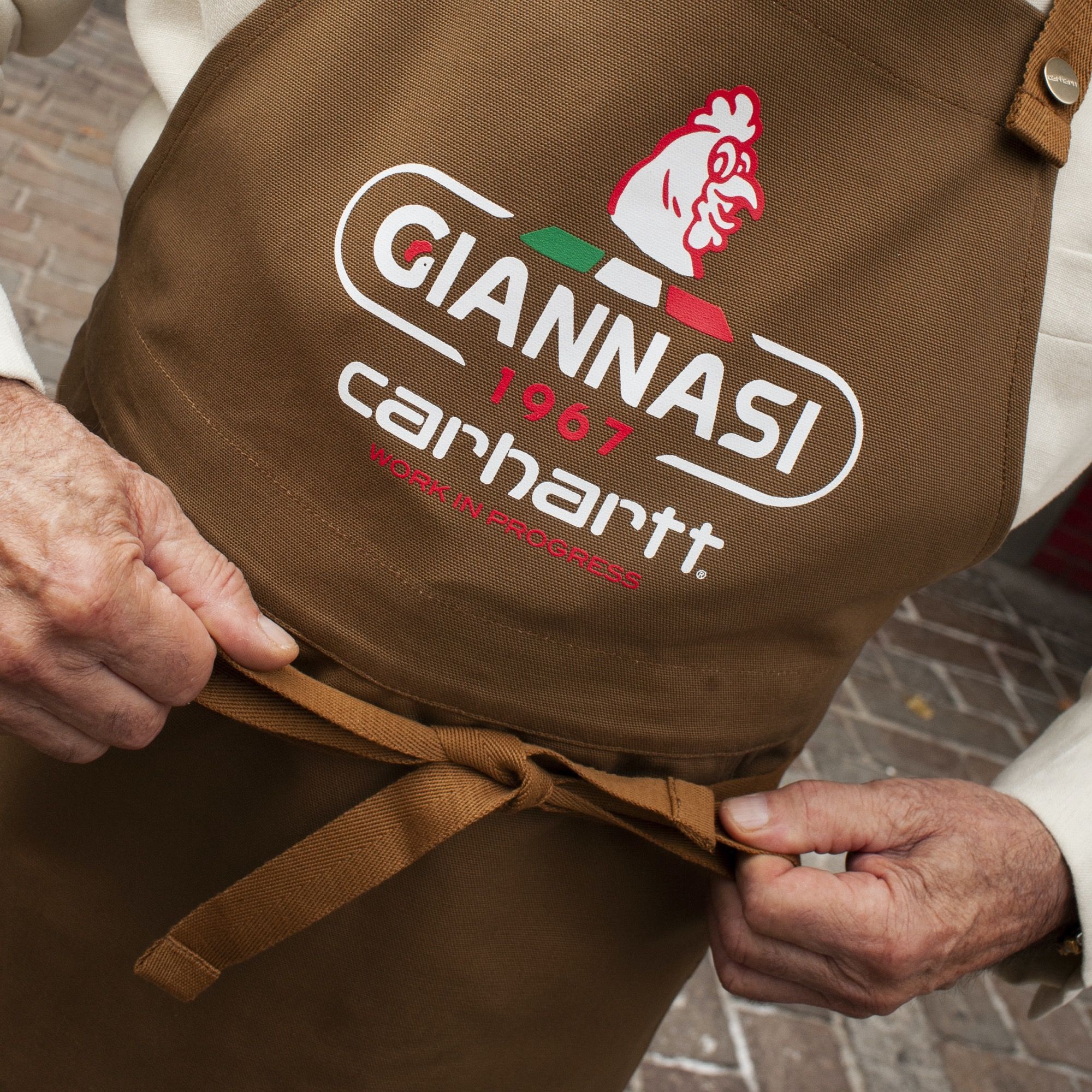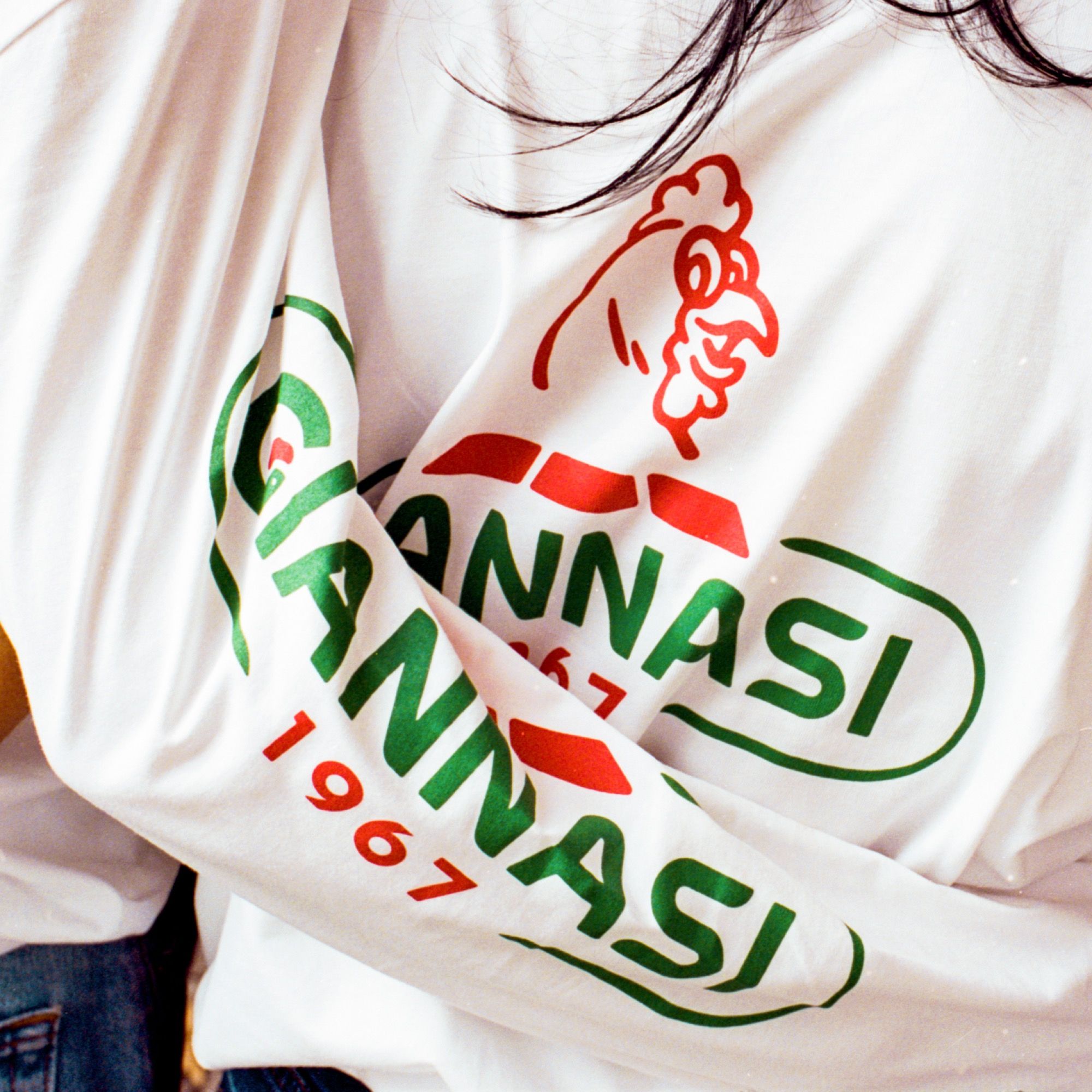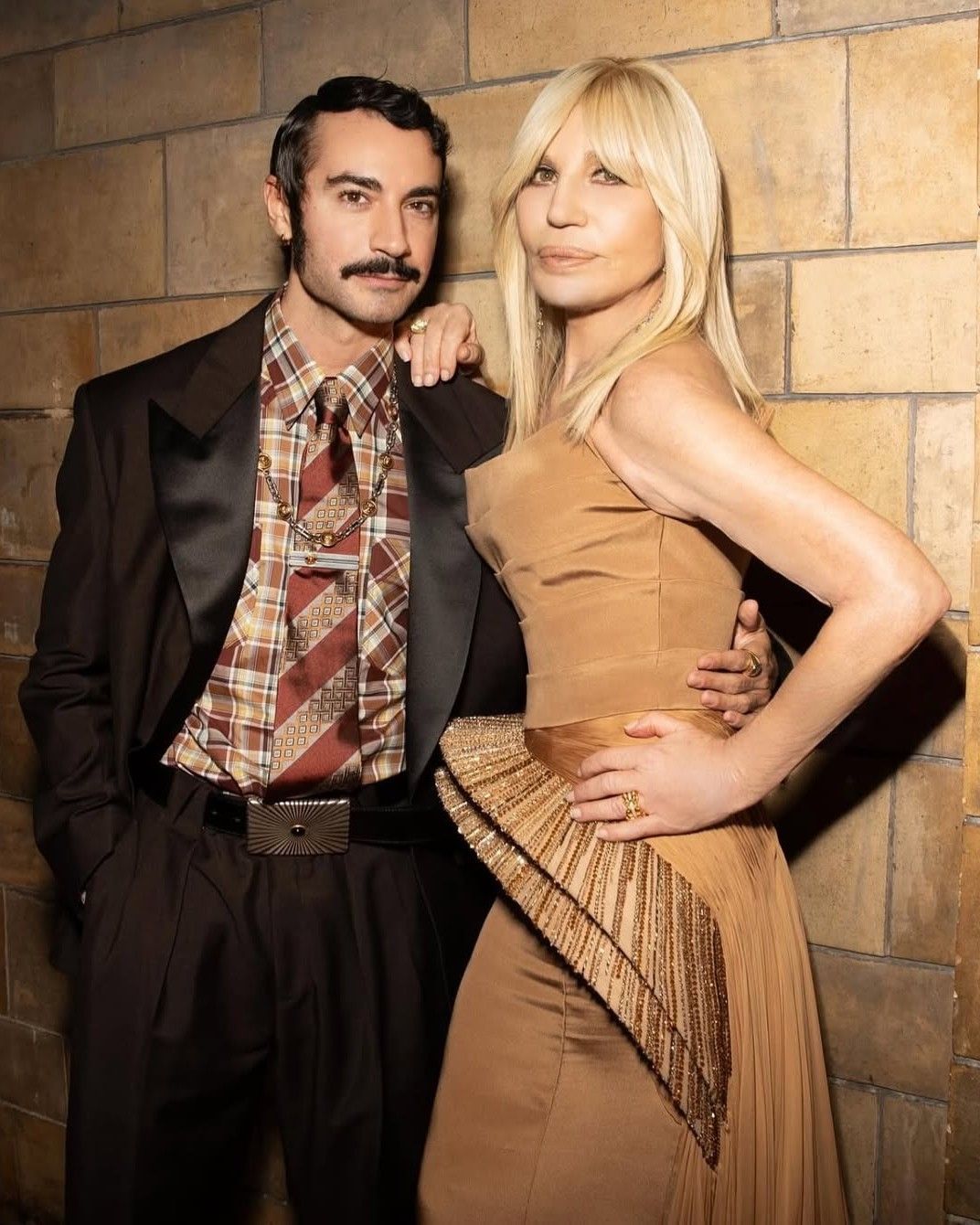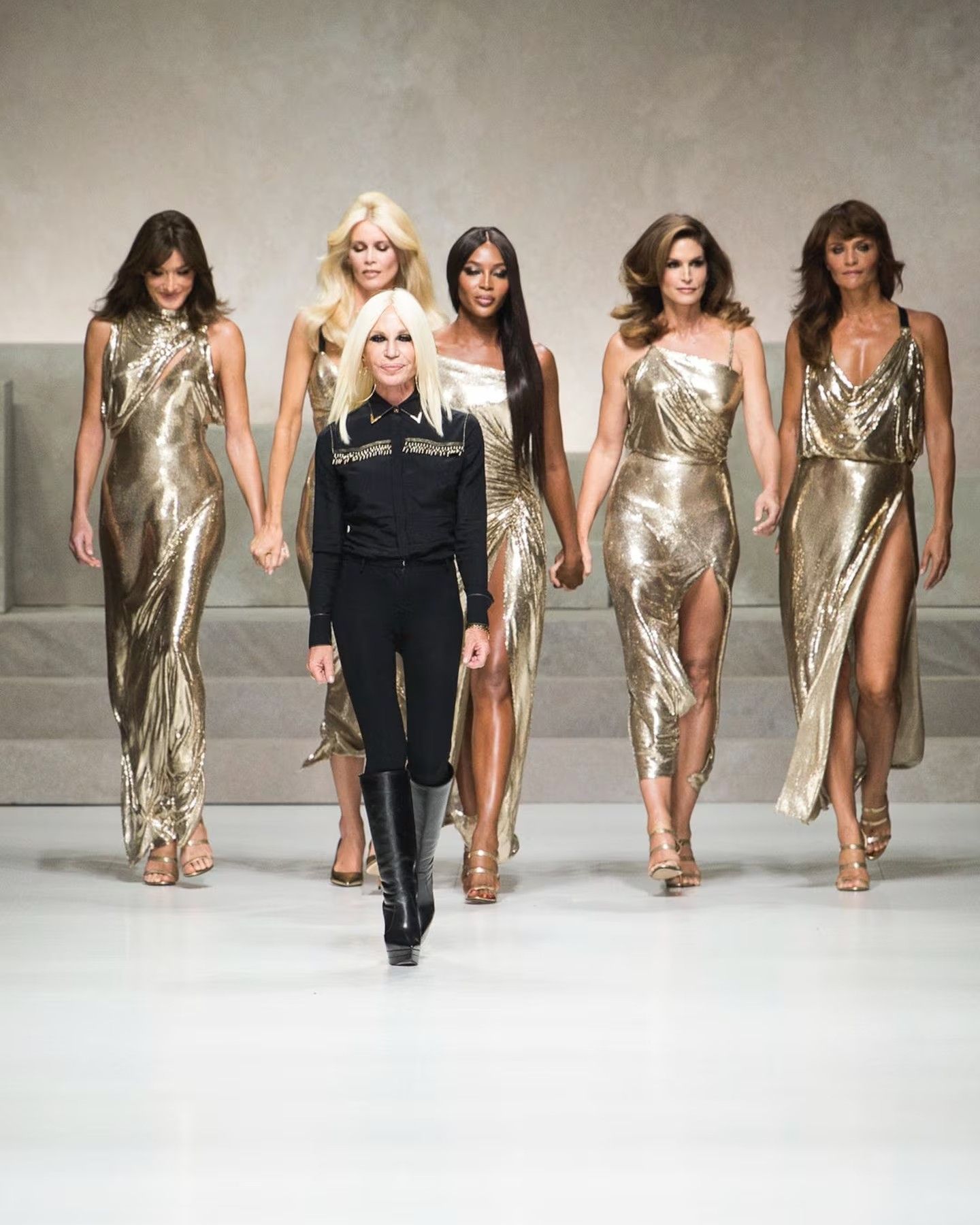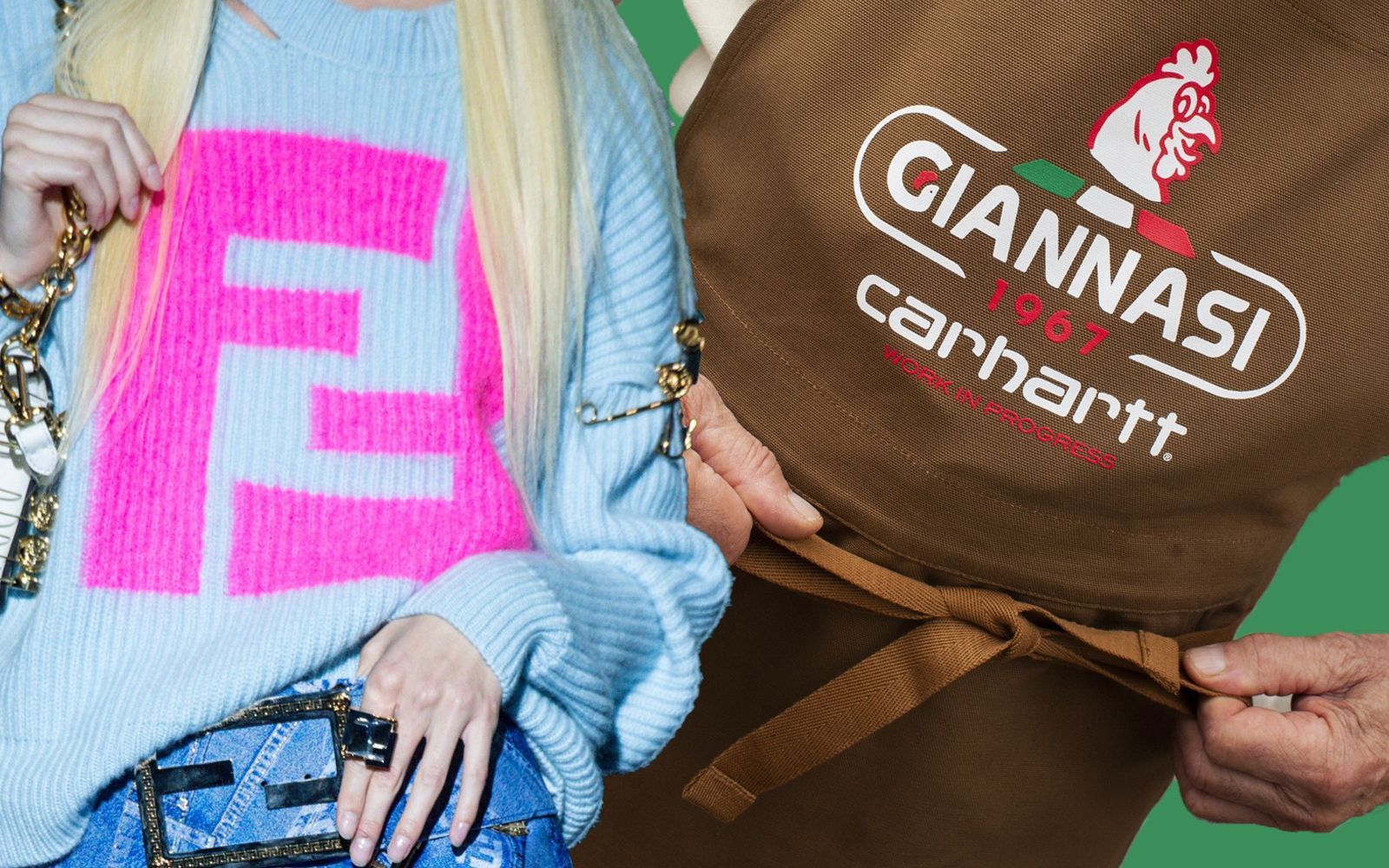
Co-luxury vs Co-local: the new trends of the fashion collab Fendace and Gianhartt are two examples of the third era of collaborations
It is more than a coincidence that two events in Milan that are as distant as they are close are taking place in the same week. The first is the eagerly awaited collabo between Fendi and Versace seen last Sunday evening, the union of two of the greatest exponents of luxury that used all their power for a pop event in which the sense of collaboration was transformed into an excuse to have fun with fashion; the other is the project by Carhartt WIP and Giannasi, who on the occasion of Pollo Arrosto Day will bring together two worlds as seemingly distant as a fashion brand and a street food stall to create a capsule collection whose entire proceeds will be donated to a non-profit organisation. These two events that look very far from each other explain how collaborations in fashion have changed. Collab have been the real creative engine of the industry over the last ten years and that has led to the creative revolution of industry. Supreme and Off-White are perhaps the most classic examples of brands that have profited from collaborations using them as an elevator: go up to the high fashion floors, and bring traditional brands down from the ivory tower of luxury. Today the creative force of these collaborations has run out and the brands are moving in a horizontal rather than a local direction: on the one hand there is col-luxury where high-end brands look at co-branding with peer operations with a global scope where logos are the protagonists, on the other hand there is the col-local that is the street brands take up the local dimension with collaborations that look to the extra sector with a focus on a restricted community (how many can understand the allure of Giannasi outside the ring road? ).
If combining Fendace with Roast Chicken Day seems like a gamble, collabo is actually the common denominator that tells the story of one of the most widely read, used and typed practices of recent years. Brands such as Supreme and Palace have made it one of their strong points, turning every collection into a small event in which collabo was the real attraction, but ended up turning a relevant and meaningful phenomenon into a simple exercise in style. A bit like geological eras, collaborations can also be divided into phases and moments, ending up tracing a timeline that can tell us about the state of fashion: we started with the primordial era, the one in which realities coming from the same field communicated with each other while streetwear exploded, overwhelming everything and everyone, but above all giving way to the second phase, the era of experimentation, in which different realities approached to contaminate each other, ending up having an enormous impact on the future of the industry. In this sense, the best example is obviously the collabo between Supreme and Louis Vuitton in 2017, when Kim Jones paved the way for the arrival of his successor Virgil Abloh and the arrival of a streetwear vision in the French maison. But that era seems to have come to an end, having reached its last act with the Jordan-Dior collab, which then gave birth to the Travis Scott collection, and having reached its third stage, the era of col-luxury in which the big names "hack" each other, hiding a reality that is all too visible to all: the ideas are gone.
What many would link to the arrival of Gucciaga last April, is actually a trend born in 2018 with the collabo between Vetements and no less than 18 brands and gone on in time with Valentino x Undercover, Moncler Genius and any other crossover born in a room of the offices of LVMH or Kering. Fendace is therefore only the end point of a practice that over time has tried to give itself any kind of name to hide the evidence, calling itself first "swap" and then "interpretation", avoiding at all costs the term collaboration to sweeten the pill and try to reposition the very idea of collabo as something higher. As Christopher Morency wrote on Highsnobiety, the reality is that many of the brands in question have now lost their grip on the reins of the fashion industry, now unable to direct it to their liking and therefore forced to chase trends and ideas.
It is ideas like the one that united Carhartt WIP and Giannasi that represent the industry's compass, but above all represent that slice of brand that still has enough credibility to decide trends and ideas that will then be followed and imitated by others. In this sense, local collaborations look to those who are truly rooted in the reference territory: restaurants, local legends, shops, art galleries, bars. The advantages are those of having a product extremely centered on the community and of positioning the brand in terms of credibility and values, the limits are obviously territorial ones, the release of Giannasi only makes sense for those who live or knows Milan's habitat and - although this is not the case chance - one risk is to be perceived as elitist. Nonetheless, a luxury brand can manage to maintain the balance between co-luxury and co-local with diversified agendas: a virtuous example is Gucci, which on the one hand became the progenitor of the trend with the hacking of Balenciaga but on the other hand it manages to carry out proudly local initiatives such as the concerts organized together with C2C during the Milan Design Week.
In short, the future of collabs has just begun.












































